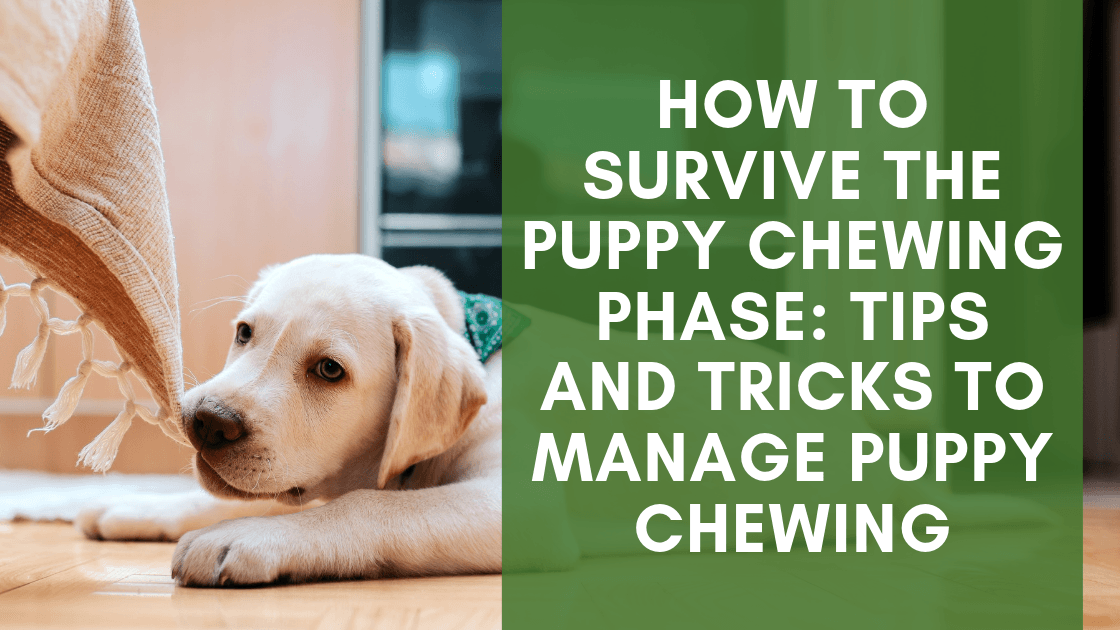There’s no better buddy than your dog, am I right? And sometimes what makes them such a great friend is the fact that they can’t talk (no, just me? 😉). But this simple fact can leave a lot to our imagination and guesswork when it comes to figuring out how our dogs feel.
As dog owners, we need to rely a lot on their body language and energy to figure out just what’s going on. And, because we always want the best for them, a lot of us are constantly wondering: Is my dog happy? What are they trying to tell me right now? How can I tell if my dog is happy?
The best ways to tell if your dog is happy is through their body language, demeanor, and behavior. Beyond that, there are things you can do to increase their happiness and reduce stress should you think there is a problem.
Dog body language that shows if your dog is happy
With little effort and some extra attention, you will quickly learn what makes your dog happy. The body language they show in response to happiness is easy to identify, consistent, and generally predictable even across different dog breeds.
It can also be helpful to know the signs of a happy dog so that when you come across other dogs at the dog park, walking, or on a hike, you can tell if they are happy as well. Knowing when unknown dogs are happy (or not) can help you and your pup better navigate dog socialization.
5 classic body language signs that answer: Is my dog happy?
1. Relaxed ears: A classic sign of a happy dog is one with relaxed ears. Relaxed ears are not perked up and alert, and they are also not pinned back against their head. In floppy-eared dogs, they are doing just that—flopping, and in dogs with pointy ears, they should not be totally erect, but kind of loose
2. Smooth brow and loose jaw: Similar to the relaxed ears is an overall relaxed looking face and demeanor. This includes a smooth brow, not a look of intent watching or aggression, but a calm face with puppy-like eyes. Their jaw should be loose and slightly open. A happy dog will not bare its teeth or curl back its lips. Excessive panting while at rest may indicate that your dog is stressed or overheated
3. Relaxed body when at rest: Are you sensing a theme here? Like the face and ears, a happy dog’s body is relaxed while at rest. Their paws and legs will be loose and at ease. They will not appear rigid or like they are submitting in a way that may indicate fear
4. Looking for pets and leaning in: Another your dog is happy is if they lean into you and accept pets when you show affection. They also likely seek pets and rubs from you
5. A high, wagging tail that moves their whole body: A wagging tail is such a classic sign of a happy dog, but to be sure it’s a happy wag (especially in unknown dogs) the wagging should be high and move their whole body. No dog exhibits this better than our lab. His whole body certainly does wiggle when is excited and happy to see us. A lower, slower wag may be your dog’s way of indicating some insecurity.
Dog behavior that shows if your dog is happy
In addition to their body language, behavior they regularly exhibit is your other big clue about how happy your dog is. Happy dogs are calm when alone, sleep easily, and are generally interested in you and pleasing you. The behavior of a happy dog is usually predictable and not at all erratic.
6 Dog behaviors that answer: Is my dog happy?
1. Not destructive when left alone: A happy dog does not show signs of separation anxiety. They settle easily when you leave and do not engage is destructive behaviors, such as destructive chewing when you leave the home. A happy dog is one you can trust to be alone, even if that does mean using a crate.
2. Shows excitement to see you: This should have been easy to guess. A happy dog shows excitement when they see you. They are happy when you arrive home or wake up for the day. They show this through tail wagging and positive attention-seeking.
3. Puts their bottom in the air: A classic behavior of a happy dog is the playful position with their bottom in the air. You know, like the downward dog yoga pose. This shows a readiness to play and happy demeanor.
4. Enjoys playtime and exercise: If your dog is happy, they will be very excited and interested in exercise and playtime. The type of play and exercise may change as they age, and in very old dogs may even just be spending time outside. But your happy dog, no matter the age, should be interested in getting some physical or mental stimulation.
5. Has a consistent appetite: When evaluating if your dog is happy, especially if you are concerned about a more recent change, it’s helpful to take a look at the basics. Is their appetite consistent and what it should be? If not, something could be up.
6. Settles easily and rests with ease: Adult dogs sleep for a large portion of their day and a happy dog can settle and rest easily. The opposite of this behavior would be if your dog paces, pants, or can’t settle down most of the time. This might indicate stress, anxiety, or lack of stimulation.
What can you do to make your dog happy?
If you’re going through this article and are starting to second guess your dog’s happiness, don’t worry or beat yourself up. You can make a change!
The first thing to do is to get your dog in for a vet visit. Any change in behavior, recent signs of being unsettled, or changes in appetite warrants a visit to the vet.
If everything checks out okay health-wise, here are some things to do to help your dog feel happier:
- Work on symptoms of stress or anxiety. Some common ones include: separation anxiety, leash anxiety, fears of thunderstorms, and general common behavior problems. Getting to the root of these problems and helping your dog overcome them will lead to a happier life
- Evaluate if your dog is getting enough exercise and stimulation. Try switching up your routine with some new and different ways to exercise your dog
- Invest in some new dog toys or chews to keep them mentally stimulated inside the house
- Socialize your dog and give them a chance to be around other dogs
- See how you can change your schedule to spend more time with your dog
So what do you think? Is your dog happy?
Now that you know the signs and behaviors most commonly associated with a happy dog, you can evaluate your pooch. If for some reason you think your dog isn’t happy, turn to the suggestions at the end of the article to make a change for the better. Your dog will love it!




2 comments
Allison Wittbold
Hi Nancy! Thanks so much for taking the time to leave a comment. You made my day! I’m so glad you are enjoying the articles AND our toys. Wow, a crew of 8—you’ve definitely got your hands full. All the best to you!
Alli Wittbold | Writer for Monster K9
Hi Nancy! Thanks so much for taking the time to leave a comment. You made my day! I’m so glad you are enjoying the articles AND our toys. Wow, a crew of 8—you’ve definitely got your hands full. All the best to you!
Alli Wittbold | Writer for Monster K9
Nancy Heine
I look forward to the articles from Monster K9. They are informative and helpful.
I finally found toys that my crew of 8 can’t rip and tear I apartment. Highly recommend Monster K9 for pet owners with aggressive chewers. Their happy, I’m happy!!!!
Thanks Monster K9 – keep up the awesome work.
I look forward to the articles from Monster K9. They are informative and helpful.
I finally found toys that my crew of 8 can’t rip and tear I apartment. Highly recommend Monster K9 for pet owners with aggressive chewers. Their happy, I’m happy!!!!
Thanks Monster K9 – keep up the awesome work.